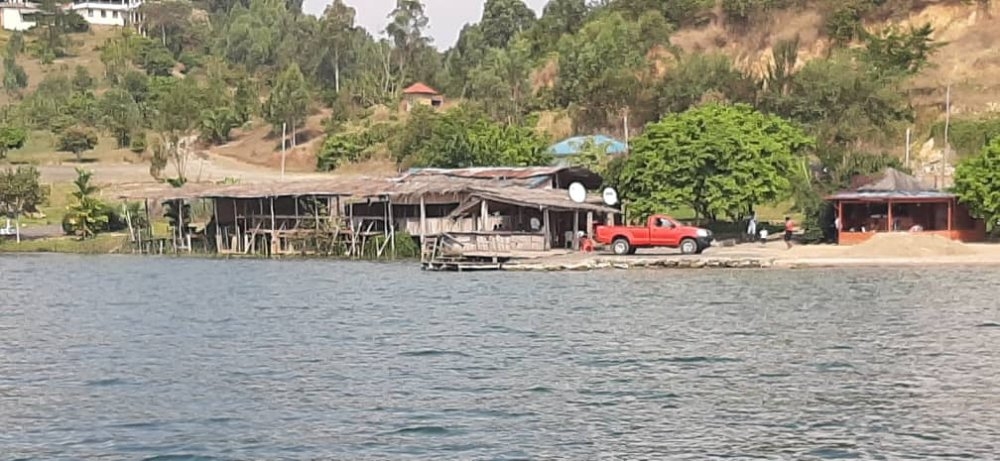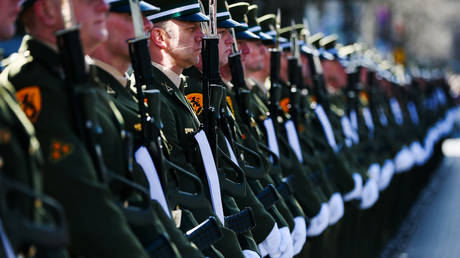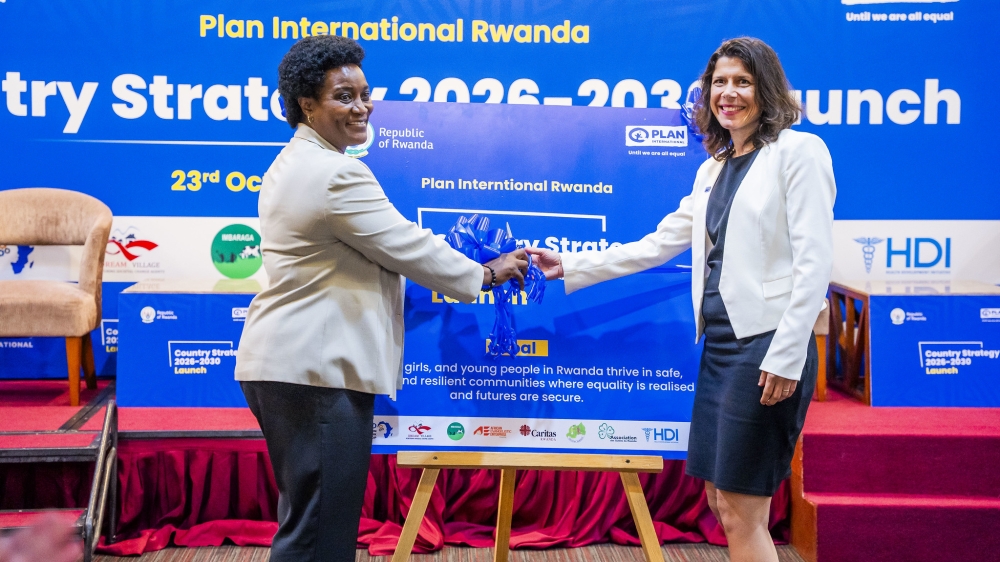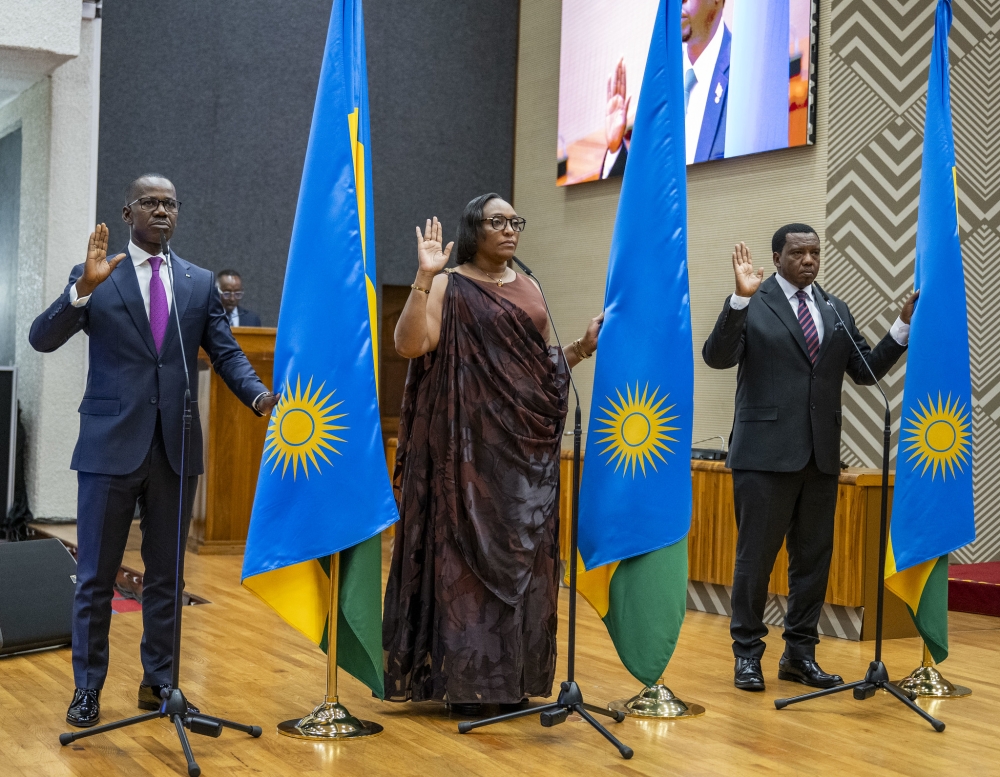Members of the Parliamentary Committee on Land, Agriculture, Livestock, and Environment have urged the government to revisit the current policy governing the use of buffer zones for waterbodies.
ALSO READ: Investor confidence grows as Mövenpick enters Rwandan hospitality scene
They argued that these protected areas could be harnessed in a way that balances environmental protection with economic productivity.
Under the 2018 environmental law, construction activities within buffer zones is prohibited within ten metres from rivers and fifty metres from lakes.
During a session held on October 21 with officials from the Rwanda Environment Management Authority (REMA), legislators emphasized that as the country advances in tourism and urban development, it is time to explore sustainable ways to make buffer zones more beneficial without compromising ecological integrity.
MP Jean René Niyorurema noted that investors in the hospitality sector often express interest in constructing hotels close to lakes and rivers because visitors prefer locations with direct access to water.
“Yes, biodiversity must be protected,” he said, “but we should also look into how rivers and lakes can be used productively, particularly through eco-tourism.” Added Niyorurema.
ALSO READ: How REMA’s project built resilience to climate change in two districts
MP Egide Nkuranga echoed the sentiment, pointing out that the current law governing buffer zones, enacted in 2018, may no longer reflect Rwanda’s development realities.
“The law stipulates that construction should not occur within ten metres from a river and fifty metres from a lake. However, as tourism and investment evolve, investors want access to water because clients who go for leisure want to be close enough to dip their feet in it,” he explained.
Nkuranga proposed that a more flexible approach could be adopted, allowing limited construction in certain areas under strict environmental conditions.
“If we amend the law slightly for areas with high tourism potential, investors could be allowed to build under clear conditions. If they violate those, then they should be penalized,” he added.
ALSO READ: Rwanda’s tourism generates $647m in 2024, eyes over $700m in 2025
MP Alice Muzana, who is the committee chairperson, supported the call for a policy review, arguing that the current legal framework does not clearly outline how buffer zones can be used productively.
“Across the country, people believe there can be exceptional cases for buffer zone use, but only a few permits are issued,” she said. “The existing law does not define how to optimize the productive use of buffer zones in Rwanda.”
Responding to the lawmakers, Juliet Kabera, the Director General of REMA, cautioned that any reform must be approached with care to avoid undermining environmental safeguards.
“We must not forget that buffer zones play a critical role in preventing pollution. They act as natural filters that trap waste before it reaches rivers and lakes. Allowing development in these areas could affect biodiversity and water quality,” she explained.
Kabera also noted that changes in buffer zone use could have social implications, particularly for communities living near the waterbodies.
“We receive many requests from citizens who wish to use these areas for productive crop farming, such as coffee or maize. However, we must also consider the impacts of climate change and ensure that the land remains a natural barrier against environmental risks,” she said.
ALSO READ: Floods: Number of deaths, injuries, destroyed houses slightly increase
She also reminded the MPs that building too close to rivers and lakes exposes infrastructure to flooding and erosion, especially during rainy seasons.
Any exceptions to the 10- and 50-mere buffer area may be granted by the Minister of Environment in consultation with relevant institutions for tourism-related projects or specific economic uses.
According to REMA’s 2015 report, wetlands cover over 27 thousands hectares, representing 10.6 percent of Rwanda’s total surface area, with 860 swamps, 101 lakes, and 861 rivers.
Buffer zones are essential for maintaining the ecological health of these ecosystems, protecting biodiversity, and reducing water pollution.






